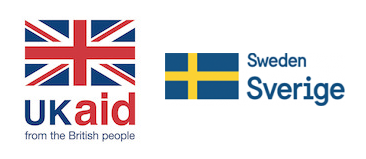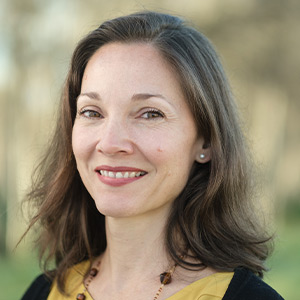The impact of mobile broadband coverage on poverty in Tanzania
Does being able to access mobile internet reduce poverty in low- and middle-income countries (LMICs)? To answer this question, the GSMA partnered with the World Bank on an innovative study in Tanzania. We analysed three waves of nationally representative longitudinal household survey data and geospatial information on the roll out of mobile broadband coverage. This data enabled us to identify the exact geo-locations of households and at what stage they were covered by 3G. Using a range of empirical methods, the analysis tested whether the staggered rollout of 3G mobile internet has contributed to changes in welfare and poverty reduction.
Finding panel data that can be matched to maps of mobile broadband coverage over the same time frame is no easy feat and, as such, the data analysed compares results in the 2008 to 2013 period. The study provides robust evidence of the poverty reduction impact of mobile internet coverage, which could also be replicated with more recent data.
The importance of 3G in Sub-Saharan Africa should not be under-estimated. In our 2022 State of Mobile Internet Connectivity Report, we highlighted that in this region 3G phones still account for 31% of mobile connections, while 4G/5G only account for 17%. Thus, analysis of 3G coverage remains relevant in this region. During the time period of analysis, the population in Tanzania covered by 3G mobile broadband more than doubled, from 16% to 35%.
Analysis of coverage is beneficial as it can assess not only the impact of individual usage of mobile internet, but also the spillover effects in a community. For example, a mobile internet user may share information found online with non-users, or create new job opportunities or other productivity gains.

3G mobile broadband coverage contributes to poverty reduction
Households in areas covered by 3G saw household consumption per person rise by 7-11 percentage points. However, the impact on consumption was only statistically significant after more than a year of coverage, showing that these ‘digital dividends’ take time to materialise. Mobile broadband coverage also reduced the proportion of households living below the national poverty line by 5-7 percentage points. This is similar to the results in our earlier study in Nigeria.
How does mobile broadband reduce poverty?
For working age adults, living in households covered by a mobile broadband network can mean access to new or different employment opportunities. These can in turn impact household consumption positively, thus reducing poverty levels. After 1-2 years of being covered by 3G, more people entered the labour force and there was a 3-8 percentage point increase in wage employment and non-farm self-employment. We also noticed a decrease in farm employment by 4-9 percentage points. Given that farm employment in LMICs is often associated with low productivity and low earnings, the finding that 3G coverage facilitates the transition from farm to non-farm employment is important.
Who benefits most from 3G coverage?
We found that younger and more educated men tended to benefit the most through higher labour force participation and wage employment. It is worth noting that this group is already more likely to use mobile internet once they received coverage. As highlighted in our Mobile Gender Gap series, women are less likely than men to own a mobile phone, especially a smartphone, or to use mobile internet, and often face greater barriers to mobile technology due to social norms and structural inequalities. However, women who were skilled and with at least a primary education also benefited from the transition to non-farm employment, although women’s overall labour force participation didn’t increase.
Addressing the barrier to mobile internet usage
Living in an area covered by mobile broadband can enable people to improve their lives and over the long-term can increase wage employment and decrease poverty, but some groups still face significant barriers. In particular, more needs to be done to enable women, rural populations, those with low literacy and low income to access mobile internet. This includes making internet enabled devices and data more affordable, and providing mobile digital skills training, so that everyone can take advantage of the economic opportunities that the internet can provide.

The Connected Society programme is funded by the UK Foreign, Commonwealth & Development Office (FCDO) and the Swedish International Development Cooperation Agency (SIDA), and is supported by the GSMA and its members.


